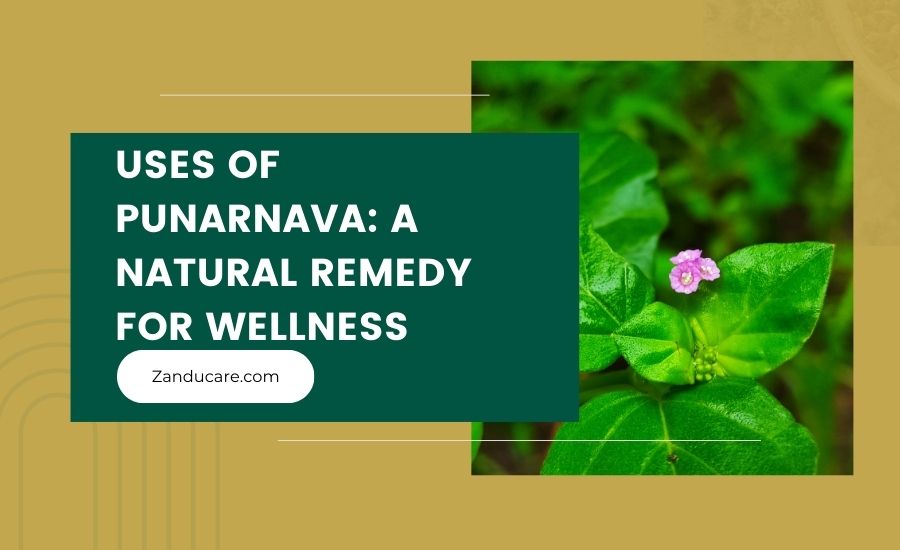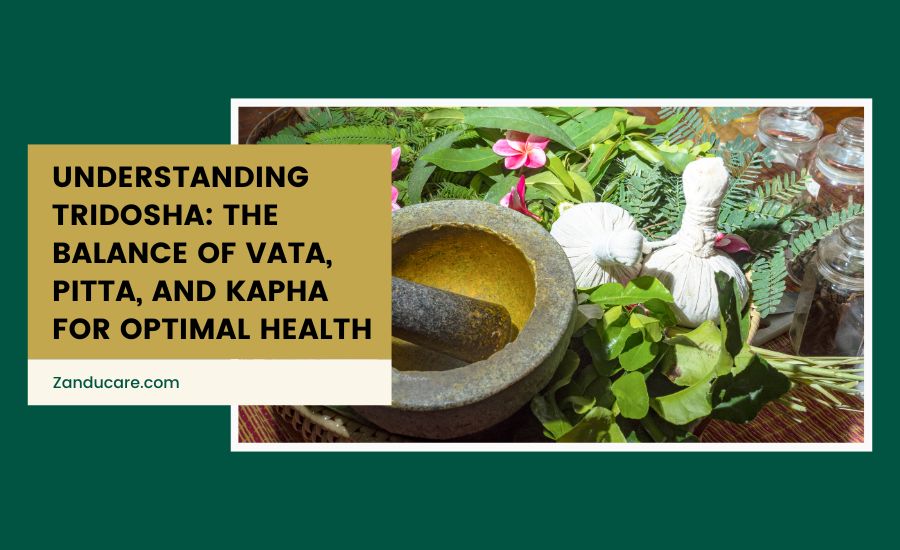
Punarnava Herb: Uses, Benefits, Nutrients & Side Effects
Key insights:
-
Revitalise Your Kidneys and Liver Naturally: Punarnava detoxifies your body, rejuvenates kidney and liver health, and fights urinary tract issues effortlessly.
-
Effortless Weight Management: With powerful diuretic and anti-inflammatory properties, Punarnava helps you shed water weight and reduces bloating while keeping you active.
-
Holistic Wellness in Every Form: Whether it’s a soothing tea, a refreshing juice, or a simple curry, Punarnava adapts to your lifestyle, seamlessly combining medicinal and nutritional benefits.
-
Your Heart and Skin’s Secret Ally: Punarnava supports heart health, balances blood pressure, and detoxifies for radiant, glowing skin.
- Nature’s Miracle With Caution: While powerful, Punarnava demands respect—consult an expert to avoid dehydration and ensure safe, effective use tailored to you.
Punarnava, scientifically known as Boerhavia Diffusa, is a well-known herb in Ayurveda, revered for its extensive health benefits. This perennial plant has been used for centuries to support overall health and treat various ailments. ' Punarnava' means "renewal of the body," signifying its rejuvenating properties. This article explores the various uses of Punarnava and how it can be incorporated into a wellness routine.
Did You Know?
- Punarnava rejuvenates kidney and liver health naturally.
- Its diuretic properties aid weight management and reduce bloating.
- Punarnava doubles as a superfood with versatile culinary uses.
- It supports heart health and detoxifies skin for a radiant glow.
How to Use Punarnava?

Punarnava is an Ayurvedic herb with many health benefits. It can be used in different forms to maximise its healing properties.
1. Tea
You can make Punarnava tea by steeping dried Punarnava leaves or root in hot water for 10-15 minutes. Drink this as an herbal tea. As both a diuretic and detoxifier, it helps cleanse the kidneys and kidney stones.
2. Powder
Grind dried Punarnava leaves or roots into a fine powder and take 1-3 grams daily with honey or water. Regular use can reduce swelling by decreasing fluid retention and cleansing the body over time.
3. Capsules/Tablets
Standardised Punarnava capsules or tablets are available with specific dosages. These are useful if you dislike the taste or need measured amounts. They provide the benefits of the herb in pill form.
4. Tincture
Soak Punarnava leaf or root in vinegar or alcohol to make a tincture you can ingest directly.
5. Topical Paste/Oil
Gently apply a paste or oil made from Punarnava onto inflamed skin areas or spots to reduce inflammation.
The Punarnava plant itself has many uses, not just for medicine but also for nutrition:
1. Punarnava Juice

Make a juice using fresh Punarnava leaves. Drink it each morning for the benefits. If you dislike the taste, you can mix it with other vegetable or fruit juices.
2. Punarnava Syrup
Punarnava syrup from the plant can be purchased and diluted daily in water. It is known to help liver and kidney health.
3. Punarnava Leaf Vegetable
Punarnava leaves can be cooked as a nutritious green leafy vegetable, like spinach or mustard greens. Wash and chop leaves, and fry them with onions, garlic, chillies, and spices for a healthy dish.
4. Punarnava Root Juice
The roots of Pare are specifically good for eye infections and diseases. Juice made from the roots can provide relief from eye issues.
5. Punarnava Dal Curry
Chopped Punarnava leaves can be cooked with urad dal and vegetables like tomatoes, onions, garlic, and ginger to make a nutritious Punarnava dal curry. This utilises the herb as an ingredient for a complete meal.
In essence, Punarnava can be used in many helpful ways—as a tea, powder, capsule, tincture, or topical application for medicinal purposes and as a vegetable, juice, or ingredient for nutritional benefits.
Note: Now you can buy Punarnava medicines at the best price from our website "zanducare.com"
Precautions to Take with Punarnava

1. Dosage
As Punarnava has laxative effects, it's important to not exceed the recommended dosage listed on the product. Taking too much can lead to diarrhoea or dehydration.
2. Pregnancy and Children
Pregnant women and children under 12 years should avoid Punarnava, as its safety has not been established.
3. Medication Interactions
Punarnava can interact with certain medications, especially those for heart conditions or blood pressure regulation. It has effects like diuretic, blood vessel-widening, immune-regulating, and blood pressure-lowering properties that could enhance or oppose the actions of these drugs.
Individuals with heart disease should only use Punarnava products under medical supervision to balance its effects carefully with their condition and medications.
4. Seizures
The herb also has anticonvulsant properties, meaning it may alter the efficacy of anti-seizure medicines like benzodiazepines and barbiturates if taken together.
5. Bioavailability
Quercetin in Punarnava can increase blood levels of specific medications like tamoxifen and simvastatin, making them more potent. Caution should be taken with Punarnava supplements, especially when preparing whole plants or aerial parts.
Also, do check our related guides:
Conclusion
Punarnava is a powerful herb that embodies the essence of natural healing. Its uses are vast and impressive, from supporting kidney and liver health to aiding in weight management and reducing inflammation. Integrating Punarnava into a wellness plan can provide holistic benefits, promoting overall vitality and balance. Whether taken as a tea, supplement, or topical application, Punarnava offers a safe and natural way to enhance well-being.
Remember to seek professional guidance for the correct dosage and use, ensuring you enjoy the full benefits of this ancient Ayurvedic remedy.
FAQs
1. What is Punarnava used for?
Punarnava is most commonly used in Ayurveda to treat urinary tract infections and kidney issues. Jaundice, general fever, and obesity can all be treated with the Punarnava Himalaya Herb. It is also used as a diuretic and anti-inflammatory, as well as a kidney and heart tonic.
2. What are the primary health benefits of Punarnava?
Punarnava is primarily known for supporting kidney and liver health, reducing inflammation, aiding in weight management, promoting heart health, managing diabetes, and treating respiratory issues. It is also beneficial for maintaining skin health.
3. How should Punarnava be consumed for liver health?
Punarnava juice or powder can be taken with warm water on an empty stomach for liver health. The correct dosage and method of use must be discussed with an Ayurvedic practitioner.
4. Are there any side effects of using Punarnava?
While Punarnava is generally safe, excessive use can lead to dehydration due to its diuretic nature. Pregnant or breastfeeding women and people with underlying medical conditions should consult a healthcare professional before using Punarnava.
References:
- Effortless Weight Management: With powerful diuretic and anti-inflammatory properties, Punarnava helps you shed water weight and reduces bloating while keeping you active.(https://www.researchgate.net/)
- Punarnava rejuvenates kidney and liver health naturally. (https://www.researchgate.net/)
- It supports heart health and detoxifies skin for a radiant glow.(https://www.researchgate.net)





